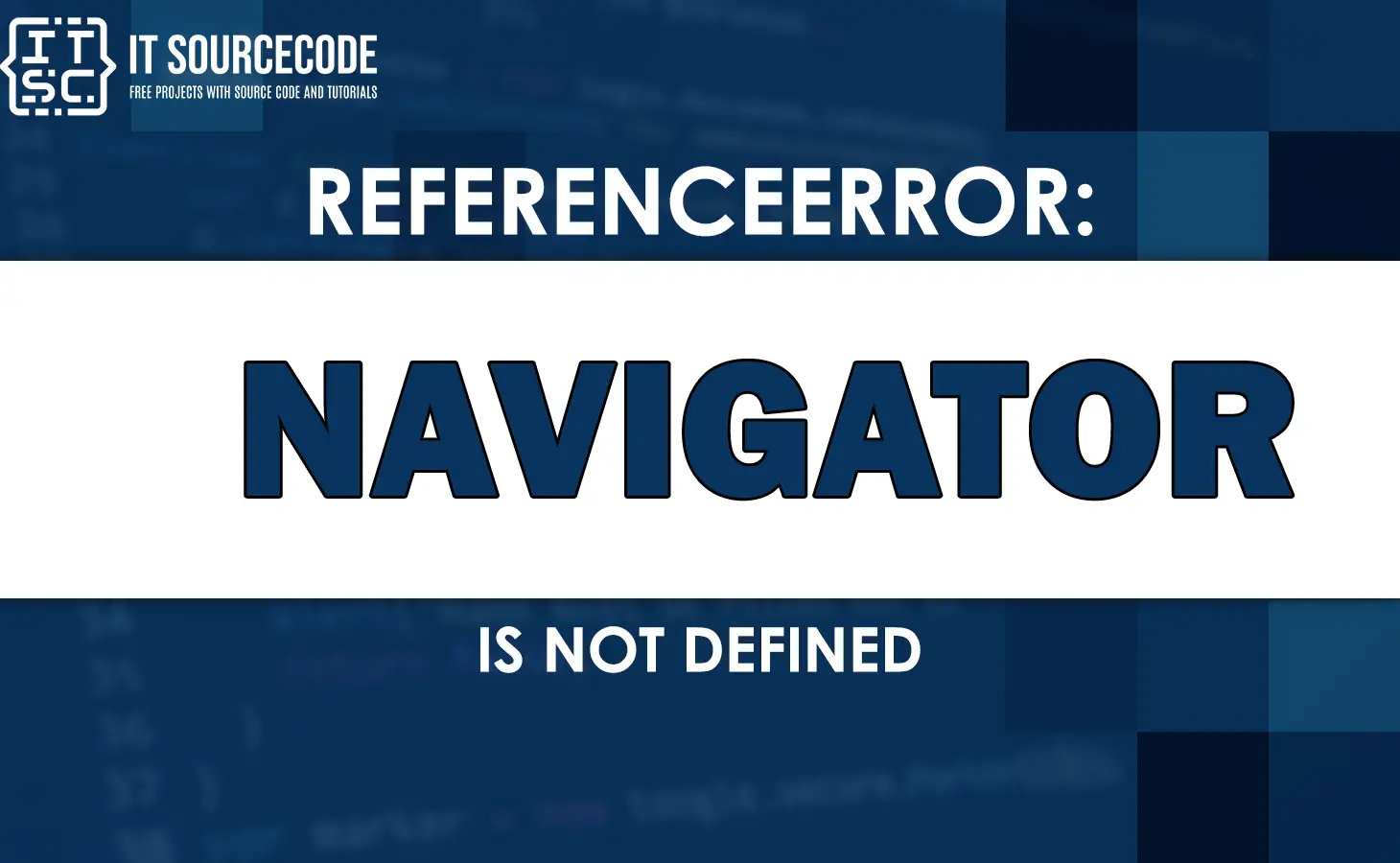Have you encountered the “Reference error: navigator is not defined” message when working with JavaScript?
This error can be particularly bothersome when developing a JavaScript-dependent website or application.
In this article, we will delve into the causes of this error and offer troubleshooting to resolve it.
Let’s get started and find a solution!
What is Referenceerror: navigator is not defined?
The “ReferenceError: navigator is not defined” is an error that occurs in JavaScript when the navigator object is accessed in a context that is not available or defined.
The navigator object is part of the Web API provided by web browsers and contains information about the user’s browser and operating system.
This error commonly occurs in non-browser environments, such as when running JavaScript code outside a web browser (e.g., in a Node.js environment) where the navigator object is unavailable.
The navigator object is specific to web browsers and cannot be used in environments that do not support it.
Example of Referenceerror
// This code attempts to access the navigator object
// and retrieve the user agent information
try {
const userAgent = navigator.userAgent;
console.log(userAgent);
} catch (error) {
console.error('An error occurred:', error);
}
In a web browser environment, this code would work fine because the navigator object is available.
However, if you try to run this code in a non-browser environment, such as a Node.js environment or a JavaScript runtime that doesn’t support the navigator object, you will encounter the:
ReferenceError: navigator is not defined” error.
Typical Causes why this error occurred
The “ReferenceError: navigator is not defined” error commonly occurs due to the following reasons:
- Non-browser environment: The navigator object is specific to web browsers and is not available in non-browser environments like Node.js or certain JavaScript runtimes.
- Server-side rendering (SSR): When using SSR techniques, the navigator object may not be available during the initial rendering on the server.
- Testing environments: Automated testing environments may lack the navigator object, causing this error if it is accessed without proper checks.
- Browser compatibility: Some older browsers or specialized environments may not support the navigator object, leading to this error.
Solutions for Referenceerror: navigator is not defined
To fix the “ReferenceError: navigator is not defined” error, you can implement the following solutions:
Check if the navigator object is defined
Before accessing any properties or methods of the navigator object, make sure to check if it is defined.
Here’s an example:
if (typeof navigator !== 'undefined') {
const userAgent = navigator.userAgent;
console.log(userAgent);
} else {
console.error('The navigator object is not available.');
}
This approach ensures that the code only attempts to access the navigator object when it is available, preventing the error from occurring.
Use feature detection
Instead of relying on the presence of the navigator object, you can use feature detection to check if a specific property or method is supported.
Here’s an example:
if ('userAgent' in navigator) {
const userAgent = navigator.userAgent;
console.log(userAgent);
} else {
console.error('The userAgent property is not supported.');
}
By checking for the specific feature you need, you can handle scenarios where the navigator object exists but doesn’t have the desired property or method.
Run code in a browser environment
If your code requires access to the navigator object, ensure that it runs in a web browser environment.
For example, you can include your JavaScript code in an HTML file and open it in a browser:
<!DOCTYPE html>
<html>
<head>
<script src="your-script.js"></script>
</head>
<body>
<!-- Your web page content here -->
</body>
</html>
Running the code in a browser environment guarantees the availability of the navigator object.
It’s important to choose the solution that best suits your specific use case. Consider the environment in which your code will run and the behavior you want to achieve when the navigator object is not available.
Anyway besides this error, we also have fixed errors that you can check which might help you when you encounter them.
- Referenceerror: textencoder is not defined
- Referenceerror buffer is not defined
- Referenceerror: regeneratorruntime is not defined
Conclusion
In summary, the “ReferenceError: navigator is not defined” error occurs when attempting to access the navigator object in a context where it is unavailable or undefined. The navigator object is exclusive to web browsers and provides information about the user’s browser and operating system.
This error commonly arises in non-browser environments, such as Node.js or specific JavaScript runtimes, where the navigator object is not supported.
It can also occur in scenarios like server-side rendering or testing environments that lack the complete web browser environment.
To resolve this error, you can implement the following solutions:
- Verify if the navigator object is defined before accessing it.
- Utilize feature detection to check for the presence of specific properties or methods.
- Ensure that your code runs within a web browser environment when the navigator object is required.
I think that’s all for this error. We hope this article has helped fix the issues.
Until next time! 😊

